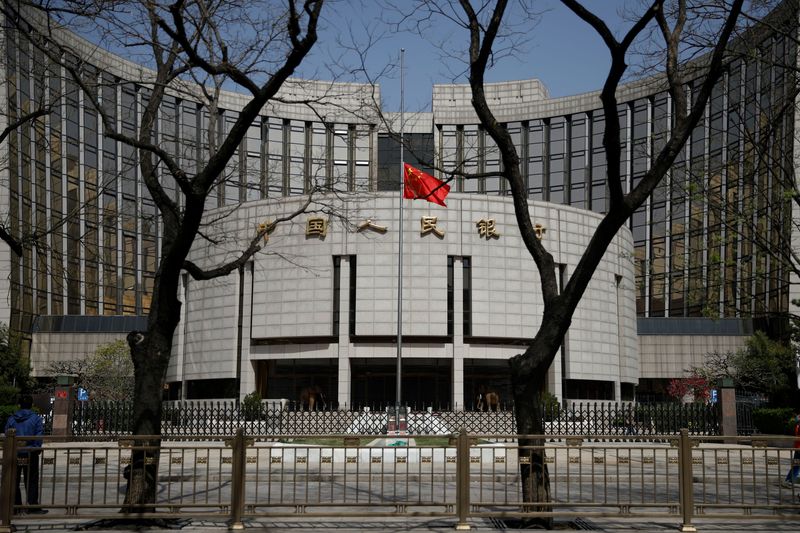China’s Central Bank Gears Up to Tame Bond Market Surge
In a strategic move that could significantly impact the financial landscape, the People’s Bank of China (PBOC) has announced plans to manage hundreds of billions of yuan worth of medium- and long-term bonds. The central bank’s statement, released on Friday, underscores its intention to borrow these bonds on an open-ended, unsecured basis, contingent upon market conditions. This is seen as a calculated effort to temper a robust rally in the bond market.
Context and Background
China’s bond market has experienced a remarkable surge this year. The country’s sovereign bonds have been particularly strong performers, with yields plummeting to record lows. This trend has been driven by a combination of economic uncertainties and volatile stock markets, prompting investors to seek the safety of fixed-income investments.
Given this backdrop, the PBOC’s move to borrow and potentially sell these bonds could serve as a mechanism to stabilize market yields. The central bank’s intervention is viewed as a proactive measure to prevent overheating in the bond market, which could pose risks to the broader economy.
Market Reactions
Following the PBOC’s announcement, China’s treasury bond futures saw a decline, while bond yields—moving inversely to bond prices—experienced an uptick. This immediate market response highlights the significant influence of the central bank’s strategies on investor sentiment and market dynamics.
Ming Ming, the chief economist at CITIC Securities, provided insight into the potential impact of the PBOC’s actions. “With the size of the treasury bonds at the central bank’s disposal reaching hundreds of billions of yuan, a single day of concentrated selling will have a significant impact on the market,” he noted. This perspective underscores the potential market volatility that could accompany the PBOC’s bond-selling activities.
Strategic Implications
Earlier this week, the PBOC revealed its intention to borrow treasury bonds from primary dealers, outlining a plan analysts believe aims to support domestic interest rates. The borrowing of these bonds could pave the way for selling them in the future, serving as a new tool for the central bank to manage credit flow and market yields effectively.
Julian Evans-Pritchard, head of China economics at Capital Economics, offered an assessment of the PBOC’s broader objectives. “Without wider monetary tightening, which doesn’t appear to be on the cards, the best the PBOC can probably hope to achieve is to engineer a short-term pause to the bond rally,” he stated. This suggests that while the central bank’s actions may offer temporary relief, long-term market stabilization will require more comprehensive measures.
Future Developments
PBOC Governor Pan Gongsheng hinted at potential future activities last month at the Lujiazui Forum, suggesting that the central bank might soon engage in secondary bond market trading. Additionally, in May, the PBOC indicated it would consider selling low-risk debt, including government bonds, when deemed necessary. This ongoing attentiveness to bond market conditions and potential risks highlights the central bank’s commitment to maintaining financial stability.
As the PBOC continues to navigate the complexities of China’s financial markets, its strategic interventions will be closely watched by investors and analysts alike. The central bank’s ability to manage market dynamics through its bond borrowing and selling activities will play a critical role in shaping the future of China’s economic landscape.
